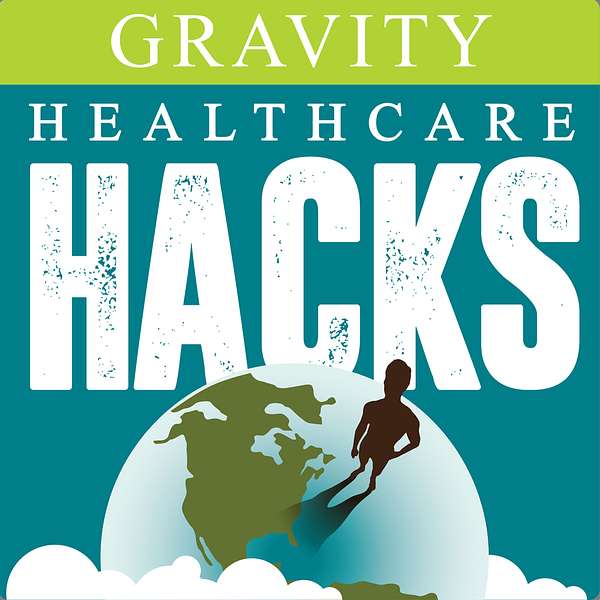
Gravity Healthcare Hacks
Melissa Brown, COO, of Gravity Healthcare Consulting, will monthly provide industry expertise and tips to help keep your feet firmly on the ground in the world of healthcare.
Gravity Healthcare Hacks
Telehealth Forever—Why It’s Time to Make It Permanent
In this episode of Gravity Healthcare Hacks, host Melissa Brown, COO of Gravity Healthcare Consulting, tackles the ongoing debate around telehealth—and why it's time for Congress to stop extending it six months at a time and make it permanent.
Melissa shares personal and professional insights on the value of telehealth in clinical care, therapy, and everyday life. She makes the case for equal reimbursement, explains why telehealth doesn’t necessarily save money for providers, and calls on listeners to join the push for lasting policy change.
If you believe in more accessible, efficient, and patient-centered care, this episode is for you.
Welcome to Gravity Healthcare Hacks—your go-to source for healthcare insights, hosted by me, Melissa Brown, Chief Operating Officer at Gravity Healthcare Consulting and self-proclaimed healthcare nerd. Every month, we bring you expert tips to help keep your feet firmly on the ground in today’s ever-changing healthcare world.
Today’s episode is called Telehealth Forever, and I’m excited to dig into this topic with you.
By the time this episode airs, many of you will have heard that Congress has passed another six-month extension for telehealth. That’s good news—but it’s not enough. We need to start talking seriously about making telehealth permanent.
Since the pandemic, telehealth has become essential—both in our personal lives and in clinical practice. Whether I’m overseeing therapy programs or managing operations, telehealth has helped make care easier, more accessible, and more efficient—for both patients and providers.
So, why the hesitation to make it permanent? That’s the big question.
Let me give you a quick example. I recently needed to speak with a doctor, and I was so grateful I could do it via telehealth. It saved me time, kept me from sitting in a waiting room full of germs, and allowed me to get the guidance I needed—without the hassle.
Of course, I’m not saying we should eliminate in-person visits. There are plenty of times when a face-to-face exam is necessary—especially when it comes to vitals or hands-on care. But I’d argue that at least 50% of the time, a virtual visit works just as well.
And here’s the kicker: we even used telehealth recently for my dog! When our vet shut down, we found a telehealth option, and it was incredibly convenient. That just shows how flexible and useful this approach can be across all kinds of care.
So, here’s my call to action: advocate, advocate, advocate. Telehealth isn’t just a convenience—it’s a critical part of modern healthcare delivery. We need to push for it to become a permanent option, with no cuts to reimbursement.
Speaking of reimbursement, let’s clear up a myth: telehealth doesn’t always cost less. In fact, on the therapy side, it can cost more. For example, when we do a telehealth evaluation in a skilled nursing facility, we still need a therapist or therapy assistant physically present with the patient to ensure safety, manage functional movements, and assist during the session.
So when payers think they should cut telehealth reimbursement because it must be “cheaper”—they’re wrong. The cost is still there, and sometimes it's even higher.
That’s why we need to make sure Congress understands: telehealth is not a cost-saver for providers—it’s a care expander. Patients want it, clinicians want it, and it helps us serve more people, more effectively.
So please—if you’re listening—join me in advocating for permanent telehealth, at full reimbursement levels. Let’s make this the standard, not the exception.
If you’d like to learn more about how Gravity can support your organization, feel free to reach out to me on LinkedIn. And if you enjoyed today’s episode, don’t forget to subscribe so you never miss an update.
Thanks for listening—and remember, it’s not just what you know, but how you apply it that makes all the difference. See you next time.
